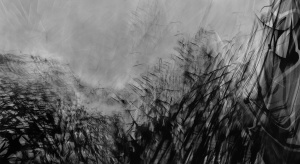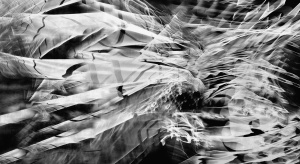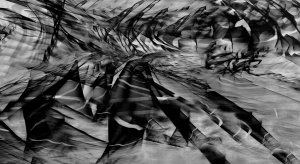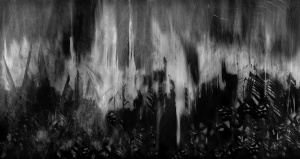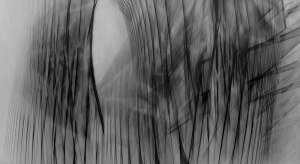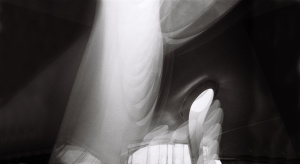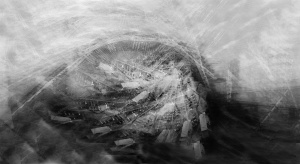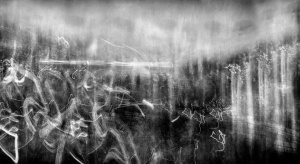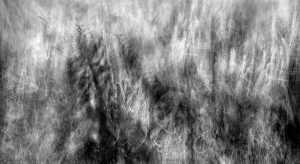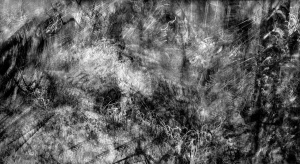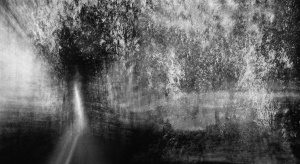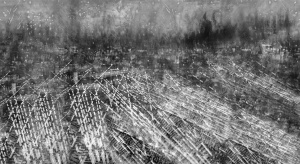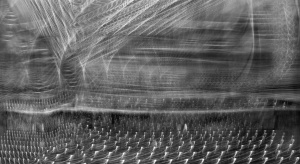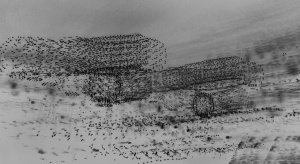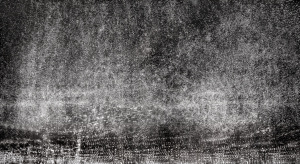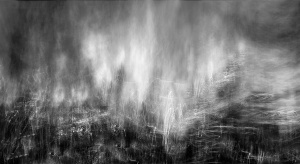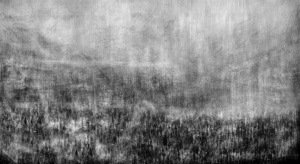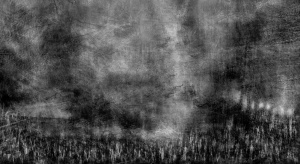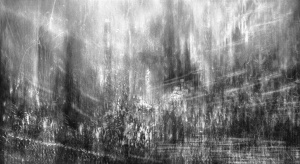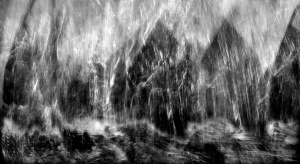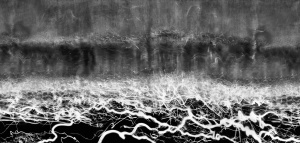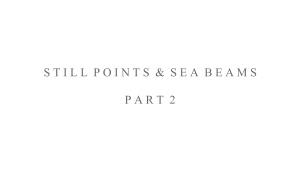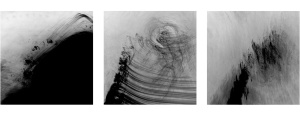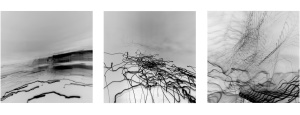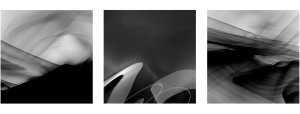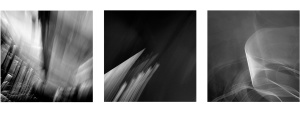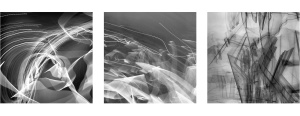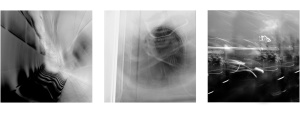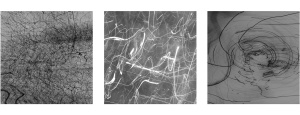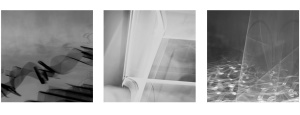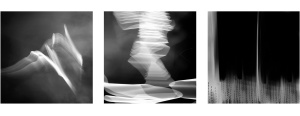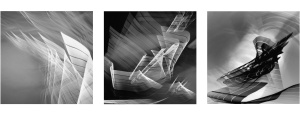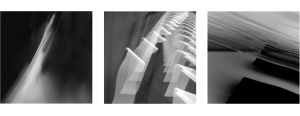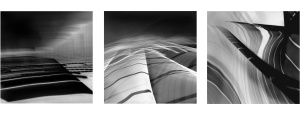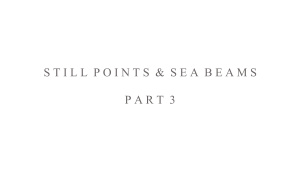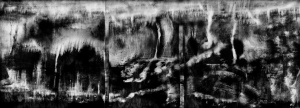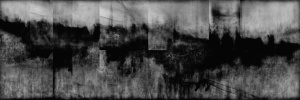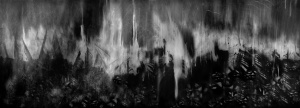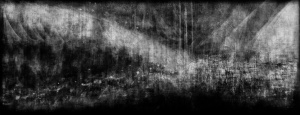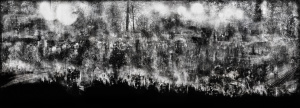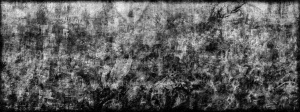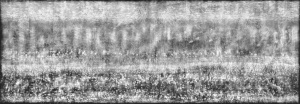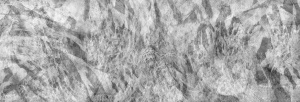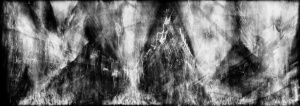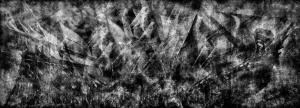STILL POINTS & SEA BEAMS
Curated by SAMIA ASHRAF
In Still Points and Sea Beams we enter a biomolecular world, a vortex enveloped by a cacophony of undulating, centripetal energy forces - revealed in the suspension of time. Dynamic entwining light photons, simultaneously become a reality, as both, the constructs of a metropolis and the suggestions of cellular activity. Emanating from British artist, James Dean Diamond’s research on the dialogue between art, science and politics, this lens-based practice explores the complexity and fragility of deoxyribonucleic acid (DNA), the basis of life as we know it today. His investigation questions, what does it mean to be human and how do we repair and rehabilitate our damaged world.
Diamond and curator Samia Ashraf have completed a four-year artist residency at the Baxter Lab, School of Life Sciences, University of Sussex - an international centre of excellence for research into how DNA is replicated and maintained. It has been a tremendous privilege to collaborate with the genomic scientists, Jon Baxter, Andrea Keszthelyi, Nicola Minchell and Rose Westhorpe and reflect upon ideas relating to life cycles of damage, mutation and regeneration – and to grasp the colossal number of cells generated in each human life: c30-40 trillion (equivalent to 70 bn km) are compressed and coiled into the miraculous DNA.
Dimitrios Pandermalis, the late director of the Acropolis Museum, Athens, spoke of the Empyrean as the intersection of art meeting science – its dictionary definition is a conceptual place, the dwelling site of celestial beings, so divine, they’re made of pure light – and this notion of light as a representation of hope is a core theme underpinning the work. Our intention is to establish a collective vocabulary through the interplay of the fields of art and science – ‘life is re-envisioned through the prism of the imagination’1, to consider imagination as a resource and art as a catalyst for understanding and exploring these multifaceted issues.
Diamond’s art Still Points and Sea Beams responds to a battlefield that is DNA – a war zone envisioned through cellular and urban environments. Transcending darkness, a prevailing humanity resides in the work, it is a memorial to people affected by conflict - according to the UNHCR, the number of forcibly displaced people in 2022 exceeds 100 million.
Diamond describes himself as a street photographer using the city as an amphitheatre of light possibilities. Shooting ‘in camera’ with film and digital capture in London and Athens, his ultra-wide-angle analogue lenses give an optical volume that is marked by sublime beauty. Diamond employs numerous methods to expand the potential of the medium. Approaching a scene, he calculates the distribution of light from each surface, with multiple exposures – up to 200 exposures within a single frame. This innovative method destroys the film emulsion, dismantles the city and accumulates highly concentrated marks that coexist in a state of concurrent erasure and construction, in line with characteristics of DNA. The visual language oscillates between the slippage of the physical, abstract and impressionistic – it is a compelling journey narrated through the 49 black-and-white prints, each measuring up to 97cm x 250cm, offering the audience a truly immersive experience.
Inspiration is mapped from cultural references, comprising French physicist/Nobel laureate, Antoine Henri Becquerel’s (1852–1908) 1896 photograph visualising the deadly radiation emitting from uranium salts – an illuminating example of the medium’s capacity to expose the invisible nature of science. Secondly, peregrinating to the destruction of Homs, Syria, to the war-torn images by British photojournalist, Don McCullin. Among the silent debris, the presence of a minaret of a mosque stands erect and largely intact, evoking the continuation of a spiritual plane, the earth as a sacred place. Diamond alludes to the composer/virtuoso pianist, Sergei Rachmaninoff's (1873–1943) symphonic 1909 poem, Piano Concerto No. 3, which speaks of the arresting power of monochromatic imagery.
In seeking to translate the interweaving communication and interaction of the billions of molecules, Diamond’s intensely orchestrated panoramas present a place partially known. With a prevailing reality of damage, Diamond embraces the possibility of repair for a future existence and the recognition of the value of circularity on which our world is built – a world of interaction with a history of collaboration.
Dr Jon Baxter suggests ‘Trying to decipher one of James's photographic works reminds me of trying to interpret experiments that interrogate the molecular nature of matter.’
- Cecilia Alemani, The Milk of Dreams Biennale Arte 2022, La Biennale di Venezia, Short Guide, p39, April 2022
